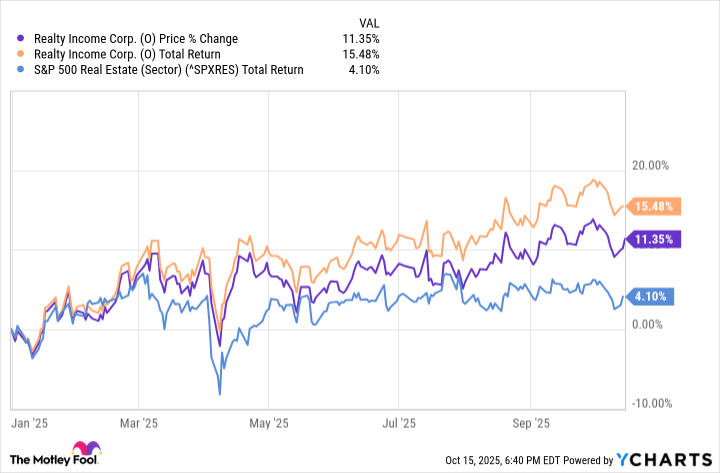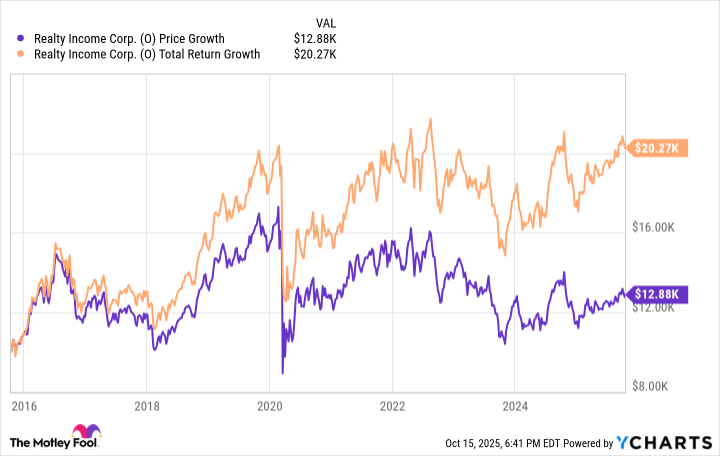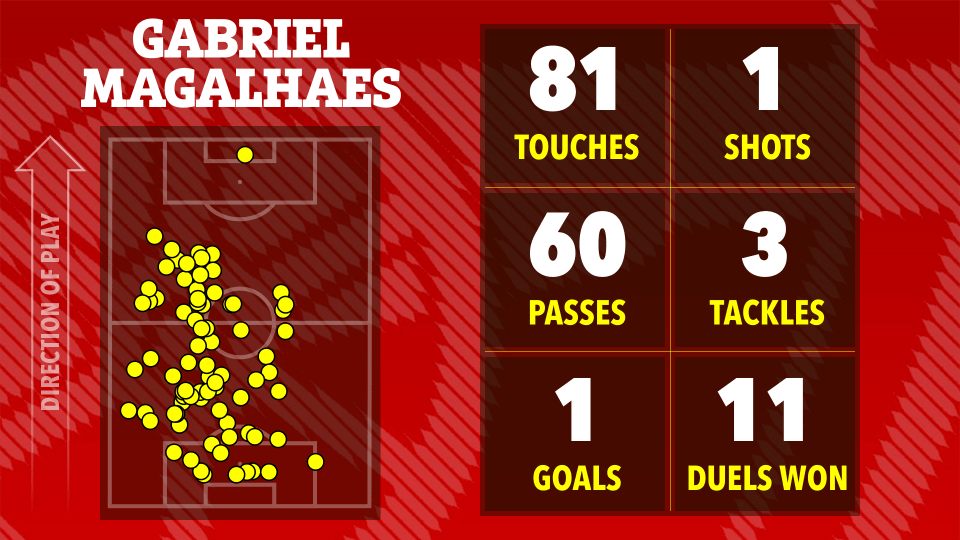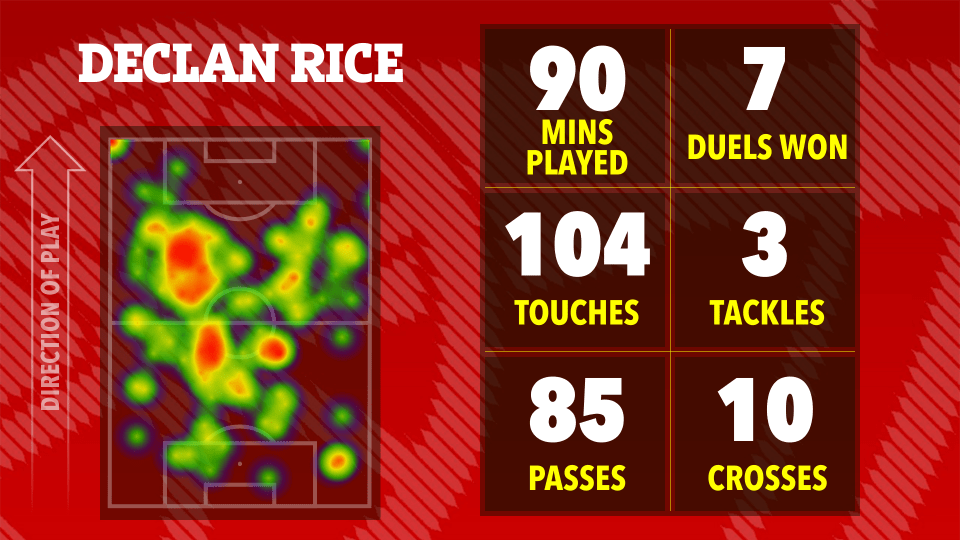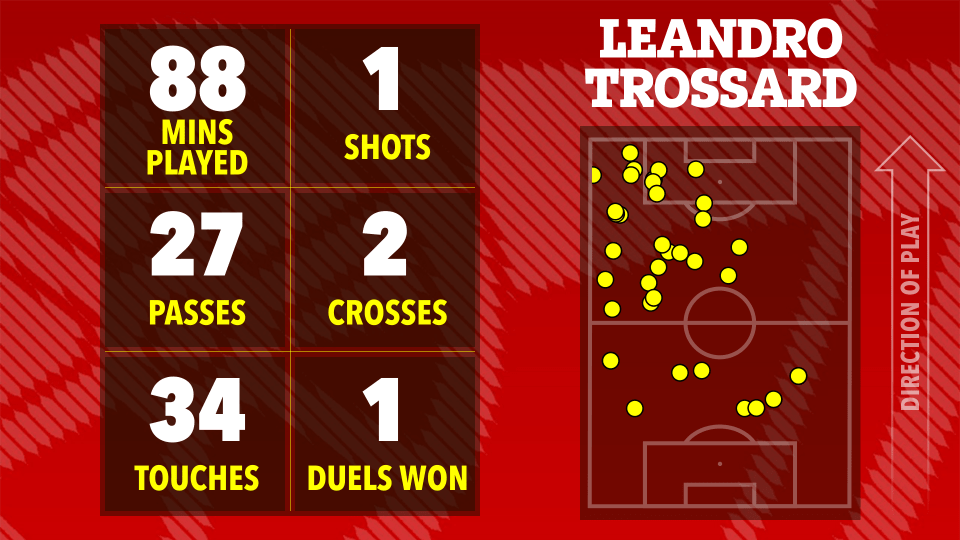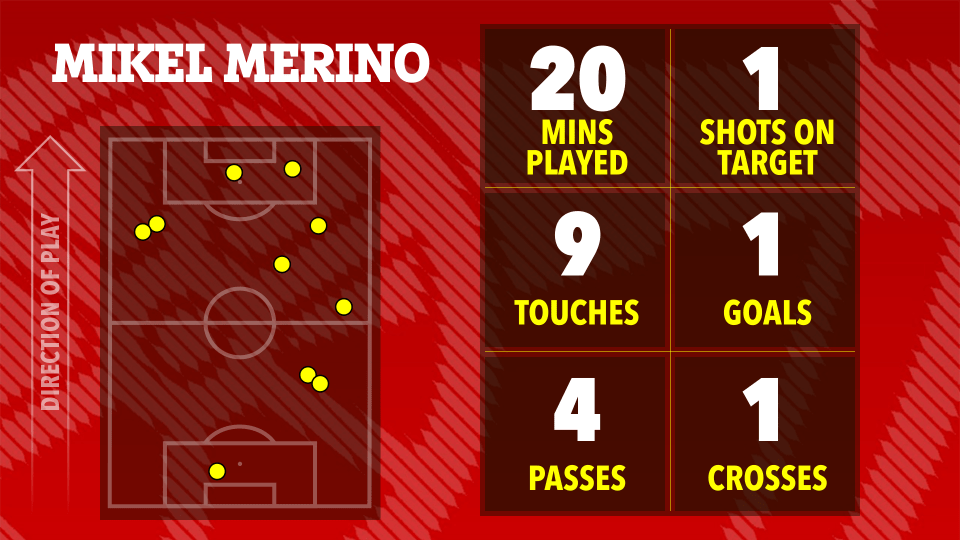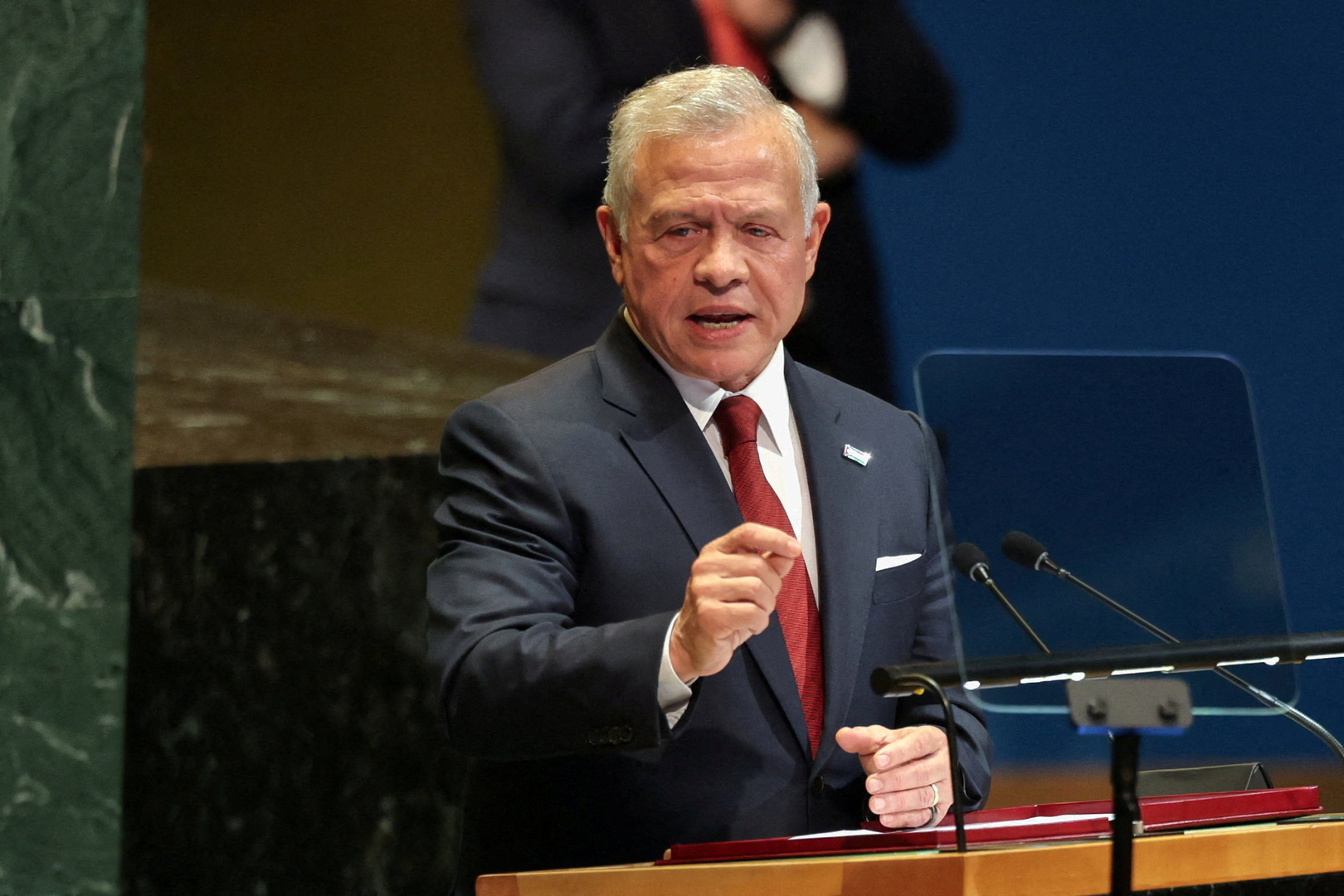I skied up to the highest mountain hut in the Swedish Arctic. My reward? A whiteout … | Sweden holidays
The light coming through the sleeper train window wakes me. It’s nearly time. Climbing down the ladder past the other snoozing occupants, I head into the corridor. A few hours ago there were only trees, an endless unfurling ribbon of spruce and birch. Now there is snow, vast banks of it. And sometimes, when the train roars through a big drift, great spumes of white blast out on either side, blocking any view.
In the restaurant car, I watch the map on my phone as a blue dot approaches a straight dashed line. A frozen lake and distant pale mountains appear. Then at 6.09am we cross the Arctic Circle. Forty-eight hours previously, I had been in London St Pancras station, queueing for the Eurostar. Now, five trains later, never having left terra firma, I am in the Arctic. Most of my fellow travellers are Swedes with hefty bags of skis and well-stocked sledges that look expedition-ready. With their weathered faces and lean muscle, they look intimidatingly capable.
My plan is a mini-expedition of my own: to ski to the highest mountain hut in the Swedish Arctic, and get back down in one piece. Because I have never used the particular type of skis required for going uphill, the plan seems ambitious.
The train passes through the mining town of Kiruna, then skirts the 43-mile (70km) long lake of Torneträsk. A pair of moose graze on the stunted birch trees. There are no more pines; we have passed beyond their limit of endurance. All around is the ethereal pale beauty of the hills, their summits soft with wind-puffed quiffs of snow powder.
At Björkliden, I disembark. The ski station is right next to the railway, which has almost reached its northernmost limit, curling through one more ski village, Riksgränsen, before heading west to the Norwegian port of Narvik. Within two hours of arriving, I am on skis, gingerly tackling a beginners’ slope.
Skiing in the Swedish Arctic has some immediate obvious differences to more southerly locations. After the spring equinox, the days are longer. By mid-May there is no darkness at all. You ski under the midnight sun. The weather is changeable and people pay special attention to the wind: the chill factor can be extreme. But there are similarities, too: I am still a wobbly skier. I take it easy. I spend a lot of time talking to veterans of the climb up to Låktatjåkko mountain hut.
“It’s 9km,” they tell me. “The last bit can be a challenge.”
I practise putting on my skins: long bands that fit over the underside of the skis and make them refuse to go backwards, even downhill. I cannot help wondering if it might be easier to walk, but I am soon corrected. “It’s going to snow heavily tonight. You would just sink up to your waist. And you need the skis to get back down.”
The advice is to wait for the supply wagon to leave at 10am. It’s a tracked snowplough and will create a route to follow. There are also marker poles every 25 metres. I’m advised to wear an avalanche alarm and carry a lightweight folding shovel.
At 10am the next morning, I am outside the hotel, watching a company of Swedish soldiers in white combat suits ski away. The snowcat is loading up with food. There are passengers too. The driver confirms that it is often possible to go up without skiing at all, but there are no more seats.
I set off in the wake of its broad tracks. The ski skins work well. The sun is out, there is no wind and the views are stupendous. Five minutes later, I’m in a whiteout, struggling to spot the next marker pole, the snowcat long gone and its tracks fast disappearing. The temperature is -6C, and the wind is in my face and strengthening. I start counting steps. Despite the cold, I am down to two layers of clothing, wishing I had remembered the advice of the explorer Leo Houlding: “Be bold, start cold.” My respect for polar explorers has reached an all-time high. My respect for Sweden, too. What a marvellous country! They trust people to know their limits, look after themselves and be as tough as reindeer jerky. In my case, I’m not sure their trust is entirely well placed.
The final climb, as promised, is a tough one, but then the hut comes into sight, almost buried in snow, looking like the last frozen outpost on the far side of a freezing galaxy. It takes time to find the door.
Inside, the custodians, Vilma and Kicki, are preparing waffles with cloudberry jam, and the log burner in the snug is roaring. This astonishing retreat was constructed in the late 1930s and is now an acknowledged classic of its type, with simple bunkrooms, cosy public areas and a sauna. The only other guests are Martin and Johan, local skiers who have just made the harder ascent from Riksgränsen.
I munch through a plate of waffles. The top of the mountain is a tantalising 200 metres above the hut. I really want to make it. “Don’t ski,” advises Vilma. “Use snowshoes and just keep heading north.”
When blue sky reappears, I strap on the snowshoes and set off. I manage about 100 metres of the climb before the whiteout returns. Using a compass I plod on, but the lack of any visible markers is playing weird tricks on me. I spot a snowmobile up ahead, manned by two soldiers, but as I approach, the soldiers transform into swans and fly away. At that moment, I walk face-first into a snowbank.
This is my initiation into whiteout disorientation. Some skiers have reported feeling that they are moving when stationary; others, the opposite. Unhindered by visual reference points, the brain constructs its own reality.
I check my altimeter. I am 30 metres below the summit, but I can’t see how to get around this snowbank. My own tracks are now disappearing, so I return to the hut on a compass bearing and reward myself with more waffles.
The few day-trippers are gone, the fire is warm and the storm outside howling. Martin and Johan watch the weather anxiously from their armchairs. “Look,” shouts Martin at one point, “blue sky! I think it’s clearing.” But by the time he reaches the window, the whiteout has resumed. The evening passes in a fug of beer, stories and laughter.
In the morning, the storm is still raging when the snowcat arrives. Martin and Johan are willing to ski down with me, but fearing I will hold them up, I cadge a lift. The next day, I move to Riksgränsen. There is a choice of accommodation, ranging from the boisterous fun of the main hotel to the superlative charm of Niehku Mountain Villa. Built in the old railway turntable buildings and decorated with a fascinating display of historical photos, this boutique hotel also has an excellent restaurant.
The next morning, the weather has improved and I am treated to a perfect day on the mountains, happily tootling around on blue runs while watching the experts carve powdery curves down near-vertical mountain slopes. It looks amazingly dangerous, but these locals know their limits. And so do I. Taking the easy route down, I make it to the cafe and order waffles with cloudberry jam.
The trip was provided by Visit Sweden. The writer travelled on a seven-day Interrail pass (adult £335, youth £252, senior £302, under-12 free). A one-day ski pass is £39. Låktatjåkko mountain lodge costs from £150 half-board. Further information at laplandresorts.se

